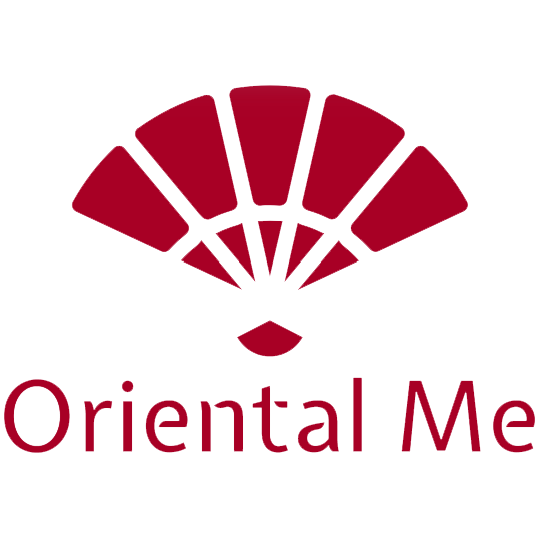Chinese weddings are rich in history and symbolism, reflecting cultural values and traditions passed down through generations. While the bride’s attire often garners much attention, the groom’s outfit is just as significant, symbolizing respect, dignity, and the unity of the couple. Let's explore the traditional Chinese wedding outfits for the groom and how these can blend with modern styles for today’s celebrations.
1. The Historical Changshan Ma Gua (长衫马褂) or Male Qun Kwa (裙褂)
The Changshan, or Changpao (长衫), is a long gown traditionally worn by men in imperial China, often paired with a matching outer robe known as a Magua (马褂). This outfit was a symbol of the Qing Dynasty and became popular in traditional wedding attire during this period. The Male Qun Kwa (裙褂) is a modern adaptation of this attire, specifically designed for grooms to be paired with a bride's Qun Kwa, creating a visually stunning, harmonious look for couples during traditional Chinese wedding ceremonies.
- Design and Features: The Male Qun Kwa (Ma Gua) is typically consists of a long robe or jacket, often paired with matching skirt. It is a floor-length gown with long sleeves, a high collar, and a front closure secured by Chinese knots. It’s typically crafted from luxurious fabrics such as silk or satin, with intricate embroidery of auspicious symbols like dragons, phoenixes, or clouds. The fabric is often bright red or deep burgundy, considered lucky and auspicious for weddings.
- Symbolism: Dragons are a common motif on the groom’s attire, symbolizing strength, power, and prosperity. Gold and red are the primary colors used, representing luck and happiness.
2. Hanfu (汉服): The Ancient Chinese Gown
For a more historical touch, some grooms choose to wear Hanfu, a traditional attire that predates the Changshan and was popular during the Han Dynasty.
- Design and Fit: Hanfu for men consists of a cross-collar robe that wraps across the body, secured with a sash. This style reflects the aesthetic simplicity of early Chinese clothing, focusing on drapery and soft lines. The robes are usually layered, with wide sleeves and flowing fabric, often in a combination of red and black, which are auspicious colors in Chinese culture.
- Embellishments: Embroidery on the Hanfu typically features classic Chinese symbols such as the shou (longevity) character, as well as cranes and other symbols of good fortune.
3. Tang Jacket (唐装)
- Design: The Tang Suit is a jacket with a straight collar and frog buttons, often embroidered with auspicious symbols like dragons.
- Color: Red, gold, and blue are traditional choices, with red symbolizing happiness and gold signifying wealth and status.
- Versatility: The Tang Suit is a popular choice for its balance between tradition and modernity, making it suitable for both the ceremony and the reception.
4. Zhongshan Suit (中山装)
Zhongshan Suit (中山装) also known as the Mao Suit or Sun Yat-sen Suit, is a traditional Chinese men's suit named after Sun Yat-sen (Sun Zhongshan), the founding father of the Republic of China.
- Design: The design of the Zhongshan suit seamlessly blends traditional Chinese elements with Western-style tailoring. It features a standing, Mandarin-style collar, giving it a formal and elegant appearance. The jacket has four symmetrical pockets—two on the chest and two on the hips. The front is adorned with five central buttons, while each sleeve is detailed with three smaller buttons. Its symmetrical structure, refined appearance, and dignified style make the Zhongshan suit suitable for both formal and casual occasions, offering an elegant and composed look.
5. Western Suit with Chinese Elements
For grooms who want a modern look while still embracing their heritage, the combination of a Western-style suit with Chinese elements is a growing trend.
-
Fusion Styling: A tailored suit paired with a Chinese-inspired accessories like Double Happiness Cufflinks and Tie Clip, Dragon Necktie or Bow Tie, is an elegant way to blend Western and Eastern influences. Some grooms choose to have subtle dragon or phoenix embroidery on their suit jacket or tie, adding a touch of tradition to a modern silhouette.
-
Symbolism in Colors: Grooms often opt for colors like red, gold, and black, which align with traditional Chinese values while maintaining the polished aesthetic of a suit.
Whether a groom chooses the time-honored Changshan, the regal Qun Kwa, or a fusion of modern and traditional elements, Chinese wedding outfits carry deep meaning and cultural significance. These garments not only represent the groom’s role in the wedding but also pay homage to the history and values of Chinese tradition, creating a memorable and meaningful celebration of love and unity.









